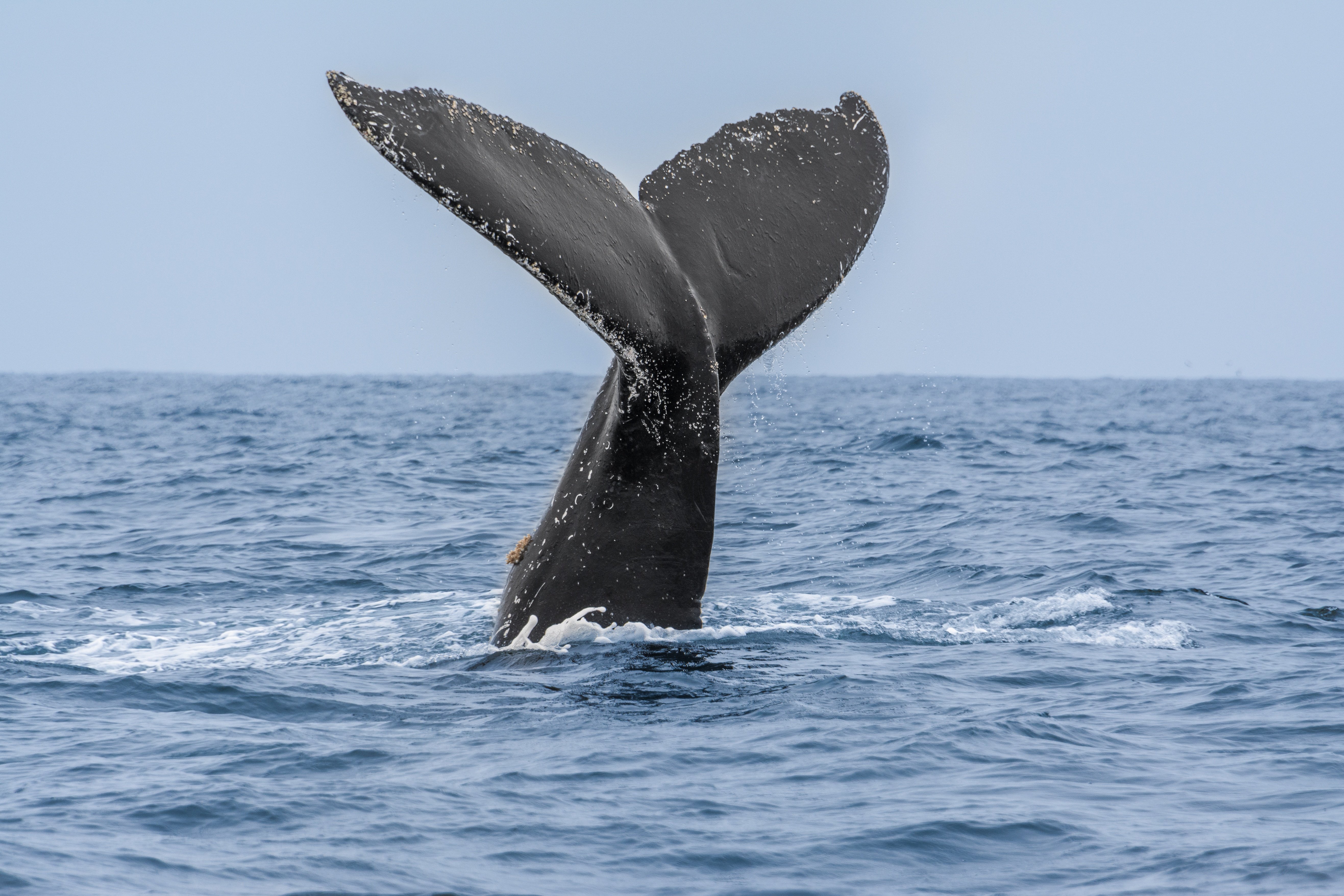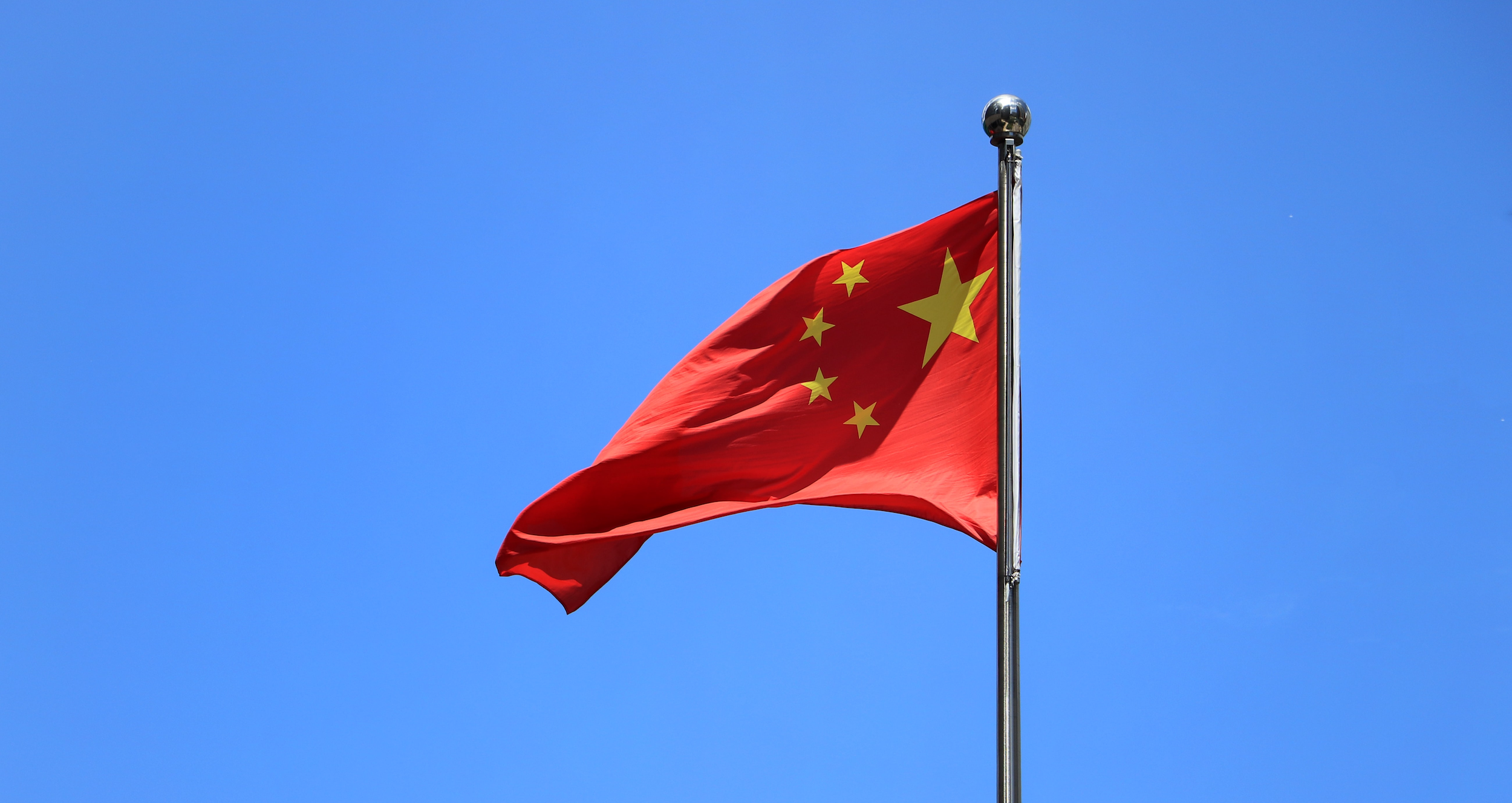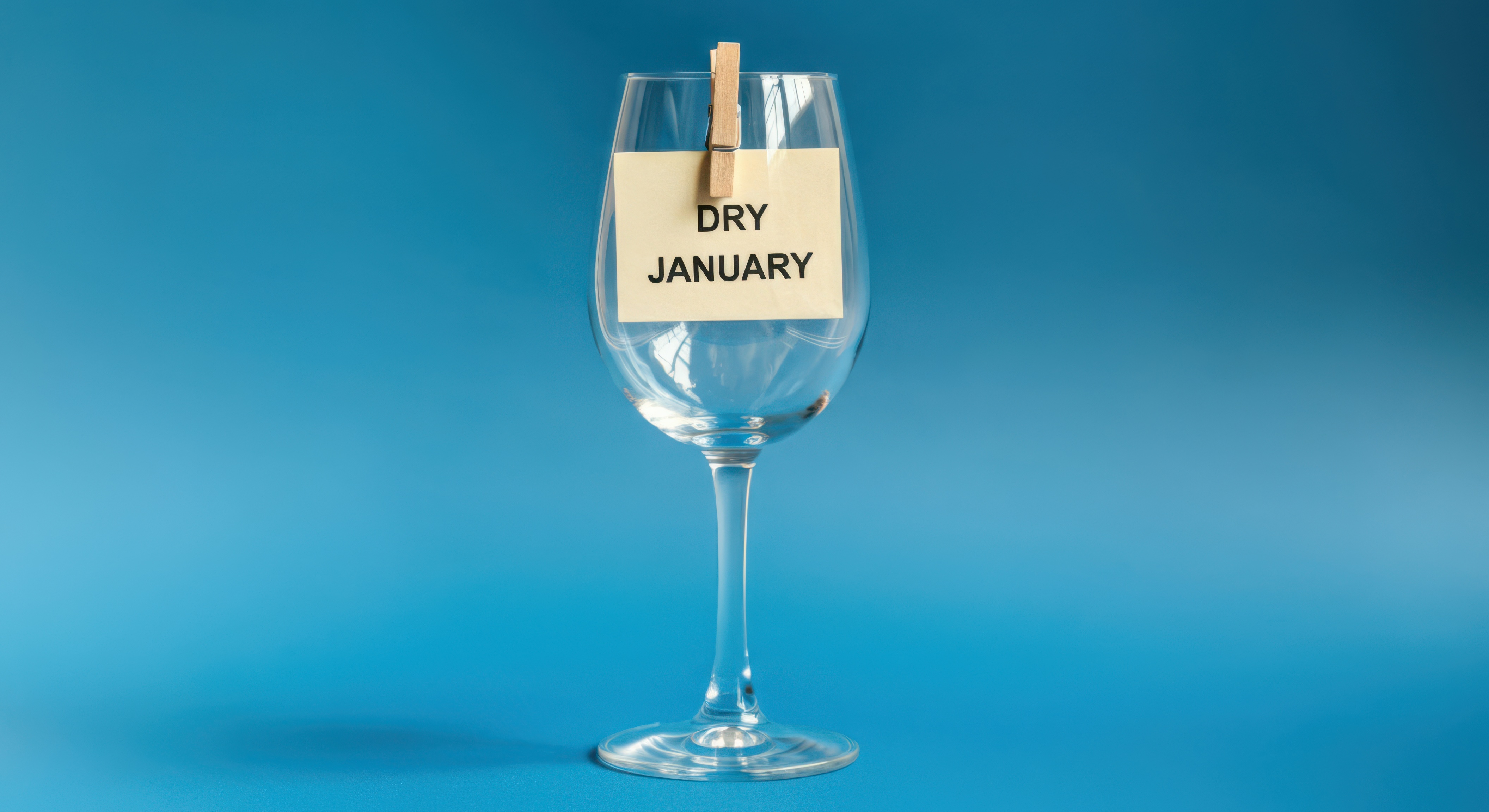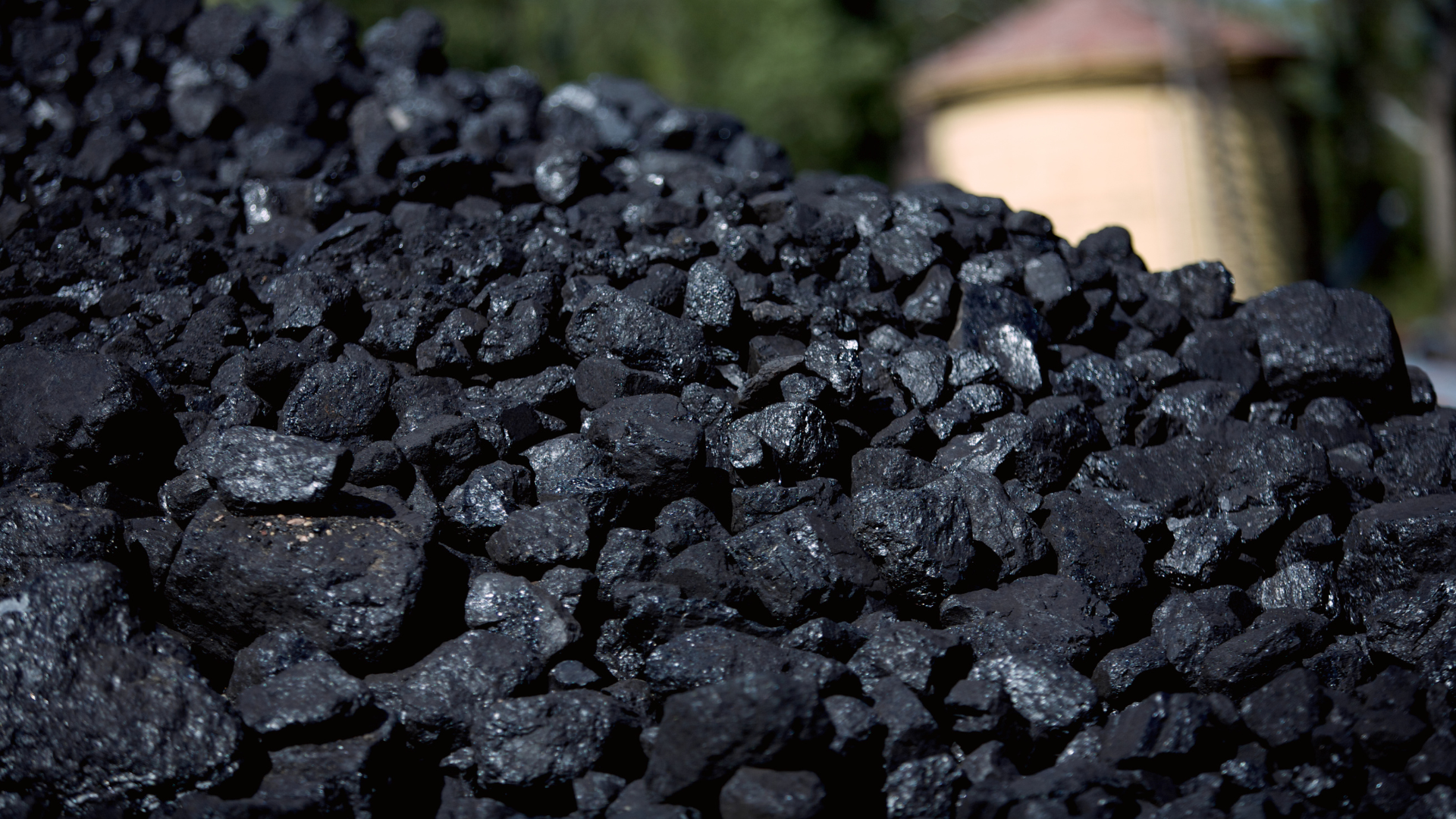
Cooperation or Violation
Recently, the Club has been seeing an uptick in matters related to discretionary fines stemming from National Oceanic and Atmospheric Administration (NOAA) violations. These violations include: exceeding the speed restrictions which are intended to prevent North Atlantic right whale strikes and entering restricted Marine Protected Areas (MPA) which are aimed to preserve marine life and their habitats.
NOAA Fisheries, an agency within NOAA, is responsible for maintaining U.S. marine resources, ensuring sustainable fish populations and protecting threatened marine species and their natural habitats. NOAA’s Office of Law Enforcement (OLE) is the enforcement arm which supports the mission and implements the marine resource protection laws and regulations. OLE’s jurisdiction “covers ocean waters between 3 and 200 miles offshore and adjacent to all U.S. states and territories; this is called the Exclusive Economic Zone (EEZ). The OLE jurisdiction includes:
- 36 million square miles of open ocean.
- More than 95,000 miles of U.S. coastline.
- 14 National Marine Sanctuaries and five Marine National Monuments.”[1]
Through active patrolling of the waters, monitoring vessels electronically via Automatic Identification Systems (AIS) data and implementing educational outreach programmes, the OLE enforces the US regulations. In addition, NOAA encourages the public to report potential violations by the use of its hotline service, which is operated 24/7. In order to encourage reporting, the OLE “may, on a case-by-case basis, issue rewards to individuals who provide information that leads to an arrest, conviction, civil penalty assessment, or forfeiture of property for violation(s) of the laws and regulations NOAA enforces. In determining whether a reward is appropriate, OLE will evaluate whether the information provided was sufficiently substantial such that the unlawful activity would likely have continued undetected and/or a successful prosecution would not have been able to have been obtained without the information provided.”[2]
NOAA penalties can range from a few thousand to tens of thousands of dollars, depending on the infraction itself and whether this is the Captain’s first violation. OLE does keep track of information on the owners, operators, managers and Captains in its system in order to track the number of violations. If a Captain has incurred multiple violations in the past, the current penalty can be severe. In most cases, the OLE does afford the owners an opportunity to submit any documentary evidence that may excuse or mitigate the vessel’s violation of the regulation.
Do Not Disturb or the Fish will be Perturbed
NOAA’s Marine Protected Areas (MPA) are areas defined under the International Union for Conservation of Nature. The IUCN defines a protected area as “a clearly defined geographical space, recognized, dedicated and managed, through legal or other effective means, to achieve the long-term conservation of nature with associated ecosystem services and cultural values”.[3] MPAs have been designated across the globe and, within the US alone, there are close to 1,000 protected areas.[4] Some of these protected areas are in the open ocean, along the coastlines, on riverbanks and in the Great Lakes. Each MPA has a certain level of protection, which determines the activity restrictions within that area. Some MPAs can be strict and ban human/vessel entry, while other areas are less strict and allow vessels to transit but prohibit fishing and recreational activities. On a daily basis, the OLE monitors the vessels, via AIS data, which are transiting in close proximity to MPAs. If a vessel has entered a restricted area, NOAA will issue a notice, showing the vessel’s plotting information.

Slow Down, Look Around
In addition to the MPAs, NOAA Fisheries regulate speed restrictions and minimum distances in specific areas of the US during certain times of the year to reduce the threat of vessel strikes with whales and other marine life. Depending on the region, some speed restrictions are voluntary and some are mandatory. Specifically, along the US East Coast, speed restrictions are in place to protect North Atlantic right whales during their seasonal migration periods. Most vessels of 65 feet and longer are required to transit at 10 knots or less in these designated areas.[5] Endangered North Atlantic right whales are prone to strikes since they spend most of their time close to the surface and their dark colour blends in with the seas, making them difficult to spot.
In other regions, such as California, speed restrictions for vessels of 300 GT and larger are voluntary, while transiting through VSR (Vessel Speed Reduction) zones. Along the US West Coast, Blue, Fin, Humpback and Gray whales are the most vulnerable to vessel strikes because their feeding grounds overlap with heavy shipping traffic lanes.[6]

Loss Prevention – Seas the Day!
In order to reduce the risk of receiving a NOAA violation, please see below for some helpful tips and resources.
- Monitor the NOAA alerts during whale migration seasons
- Review local Notice to Mariners
- Adhere to the speed restrictions and minimum distance rules
- Maintain a sharp lookout for signs of whale activity such as breaches, blows, dives and dorsal fins
- Report whale sightings to NOAA Fisheries and USCG
- Download the WhaleWatch App
- Download the Whale Alert (Alaska) App
- Educate and train the crew – the bridge team should discuss passage plans when transiting through designated areas
- Do not ignore NOAA’s violation notices – provide the information (logbooks, passage plans, pilot cards/logs)
- If responding to a NOAA violation, provide a corrective action plan or a remedy to avoid future incidents, if applicable.
Resources - Information Conservation
- Watching Marine Mammals ( West Coast) – https://www.fisheries.noaa.gov/west-coast/marine-life-viewing-guidelines/watching-marine-mammals-west-coast
- Right whale sightings (East Coast) – https://whalemap.org/whalemap.html
- Marine Mammal Maps and GIS Data – https://www.fisheries.noaa.gov/resources/maps?title=®ion%5B1000001126%5D=1000001126&field_resource_type_value%5Bdata%5D=data&field_resource_type_value%5Bmap%5D=map&species%5B54%5D=54&species%5B1000000066%5D=1000000066&species%5B53%5D=53&field_species_vocab_target_id=&sort_by=created
- Whale Alert (Alaska) App for iPhone/iPad – The App “provides mariners and members of the public a user-friendly tool directly on their iPad or iPhone that displays whale “safety zones”. Through the app, users can report any live, dead, or distressed whale sightings to the appropriate response agency, helping to reduce whale ship strikes.”[7] https://www.fisheries.noaa.gov/resource/tool-app/whale-alert
- WhaleWatch is a “tool that uses advanced technologies to predict where blue whales are likely to be in near real-time. Whales were tagged with Argos satellite transmitters and tracked as they moved from the eastern central Pacific breeding grounds to their feeding grounds off the US West Coast. The whale locations were combined with environmental data collected via satellites, including water temperature, chlorophyll concentrations, and other ocean features like wind speed. The relationship between whales and these environmental data was then used to predict the chance of blue whale occurrence and likely densities across the modeled areas.”[8] WhaleWatch | NOAA Fisheries

P&I Club Cover
Discretionary Fines - To Cover or Not to Cover
These types of violations fall within the discretionary fine rule, which is quoted below. Even though these civil monetary violations are not covered as a matter of right, the Club can still assist and offer advice on next steps.
Under Rule 2 Section 22 F:
Any fine to the extent that: “i. the Owner has satisfied the Members’ Committee that it took such steps as appear to the Members’ Committee to be reasonable to avoid the event giving rise to such fine, and ii. the Members’ Committee in its discretion and without having to give any reasons for its decision, decides that the Owner should recover.”[9]
---





